Climate silence: Delayed action and missed opportunities
It’s no secret that the climate crisis has reached a tipping point and urgently needs to be addressed.
The Intergovernmental Panel on Climate Change (IPCC) forecasts a potential global average temperature increase by 1.5 to 4.5 °C (2.7 to 8.1 °F) by the end of the 21st century.
This trend will continue if nothing is done to drastically reduce and stop any irreversible changes that may be caused to the earth’s climate systems.
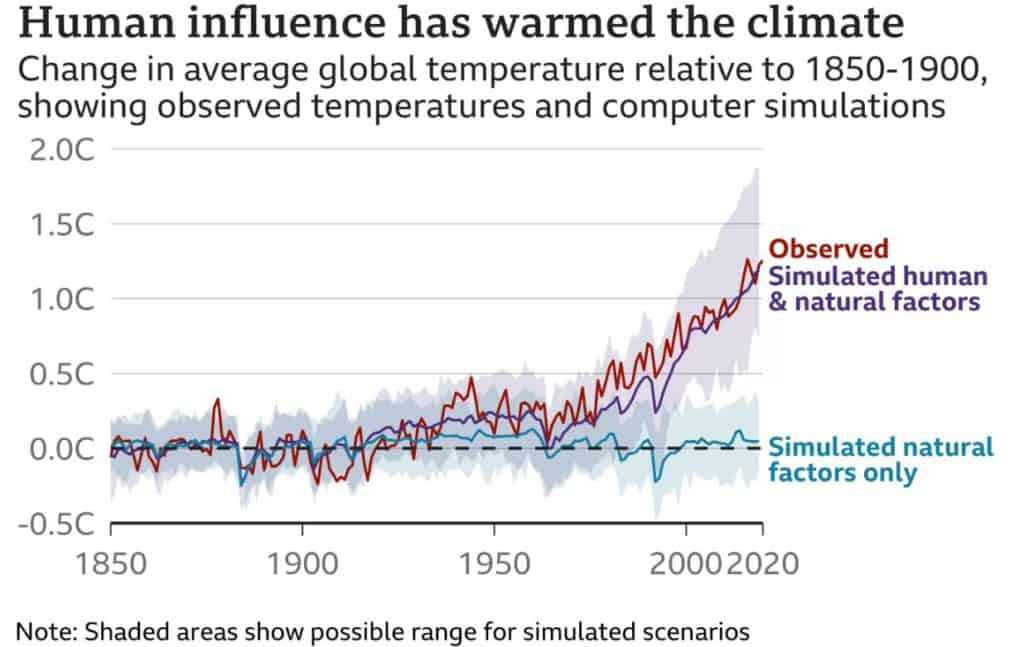
Unfortunately, there still seems to be too much “climate silence” in regard to this increasingly dire situation.
An unfortunate reality of our current circumstances is that struggles from extreme weather events and rising sea levels felt by small communities are being ignored as decision makers prioritize short-term gain over long-term sustainability.
The cost of this climate silence is high – both economically, socially, and environmentally – yet it continues to persist with few attempts at remedy.
Some current realities
The “climate emergency” is a global concern. Science has established the claim of its existence.
Scientists suggest that drastic emissions reductions are needed in this decade to keep global warming below 1.5°C and help protect vulnerable ecosystems and communities.
The Intergovernmental Panel on Climate Change (IPCC) has issued a warning that human activity is causing climate change at an unprecedented rate. These changes are potentially irreversible.
This latest report signals “code red ” emphasising that time is running out for more gradual solutions to shift to a carbon-free economy.
There is need to act quickly and decisively in order to curb climate change.
Rising temperature
The average global temperature showed 2022 to be the sixth-warmest year since 1880.
The oceans experienced their highest temperatures on record in 2022. The 10 warmest years on record all occurred between 2010 and 2022.
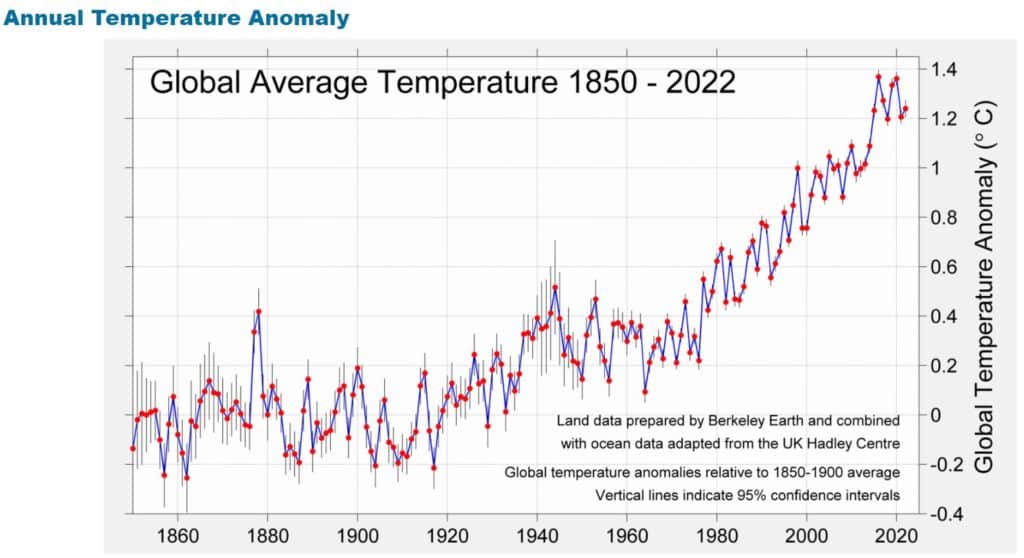
A sum total of 28 countries on the globe experienced their hottest year on record last year, 2022. These countries are China, the UK, and New Zealand.
Loss of our forests
Global forests are declining rapidly. New research suggests that deforestation of tropical forests is happening faster than new growth.
Tropics are gradually losing significant amounts of forest carbon. Losses in 2015-2019 was twice as high as 2001-2005. These findings come from 2022 study.
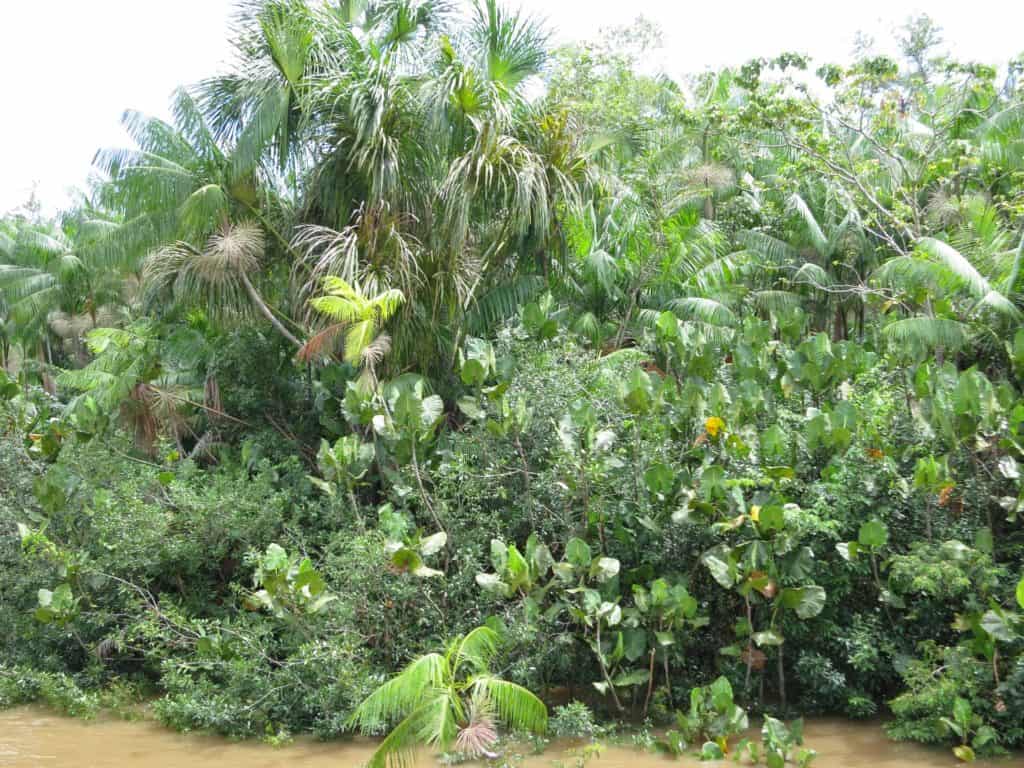
One of the biggest concerns is that over 25% of the Amazon rainforest now emits more carbon than it can absorb.
Deforestation and dryer conditions are responsible for this shift.
Levels of CO2 in the atmosphere
Atmospheric CO2 levels are constantly rising. This is already a very huge concern given that the risk of global warming could easily surpass 1.5°C.
It is worth to further stress that it seems we might be getting very dangerously close to this reality.
The global average quantity of CO2 from last year’s reports was about 417.2 parts per million (ppm).
The amount for this year has been predicted to reach approximately 419.2ppm. This is coming from the reports by the Mauna Loa observatory, Hawaii.
Melting ice
Arctic sea ice reached its fifth-lowest maximum on record, covering 14.62 million sq. km. This is the equivalent of 5.64 million sq. miles.

The quantity of ice has been steadily decreasing over time. This leads to a reduced amount of ice present at the end of summer. The decrease in late-summer ice is regrettable!
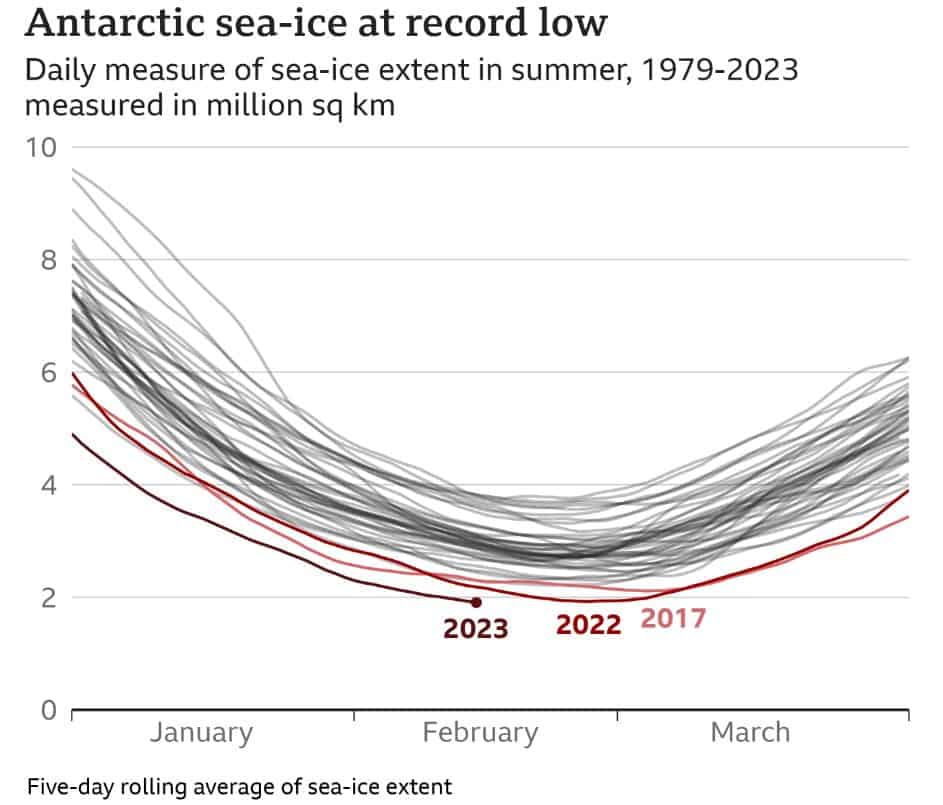
Since from the late 1970s, satellites have been made to observe Antarctic Sea ice. It now appears that sea ice levels are presently at their lowest point ever.
Currently, the Antarctica is known to be losing its amount of ice at a rate of 150 billion tonnes in each year.
Thawing permafrost
Permafrost refers to ground that remains frozen for two or more consecutive years. Temperature of the permafrost in the northern hemisphere is rapidly increasing.
Permafrost is known to contain very large quantities of greenhouse gases such as CO2 and methane. These gases are get released into the atmosphere when permafrost thaws.
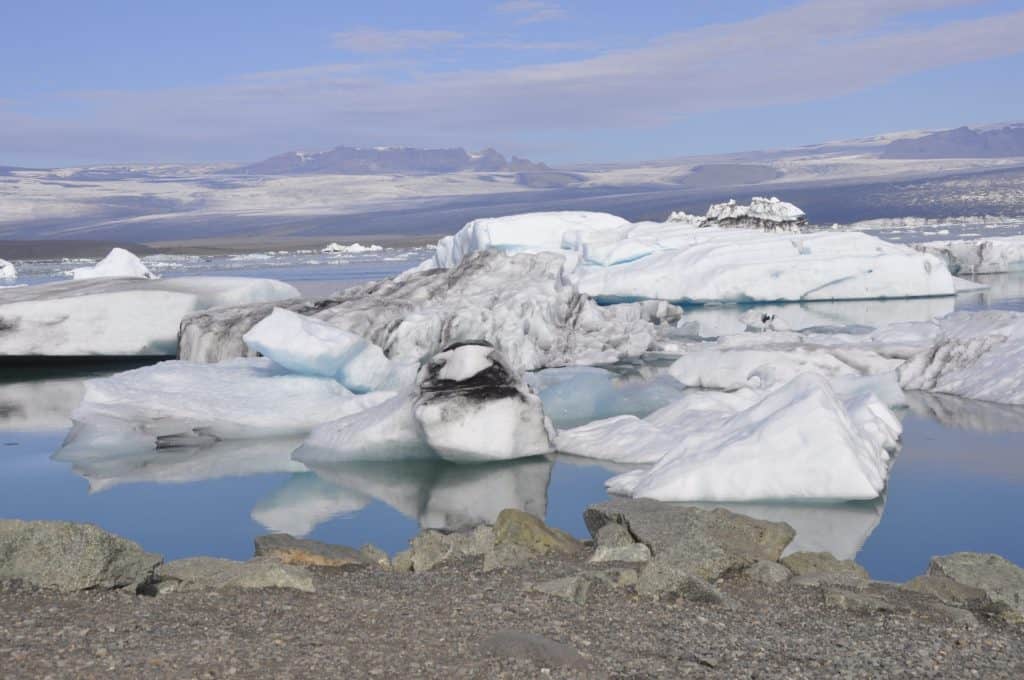
Soil that are located in permafrost regions contain large amounts of carbon. These areas span 23 million sq. km across Siberia, Greenland, Canada, and the Arctic. Over 1,700 billion tonnes of carbon
Permafrost thawing can cause damage to infrastructure and disrupt the livelihoods of indigenous communities. These communities rely on permafrost to travel and hunt near sea ice.
Examining the consequences
Climate silence creates a dangerous cycle.
If decisions are not made now to alter our behaviours and reduce our emissions, the situation will only worsen until any hope for change is lost in an uncontrollable cascade of disasters.
Further, we risk forgoing future opportunities with our persistent ignorance of these immediate dangers.
We are already seeing this trajectory in recent events: the longer society waits to react to our present climate crisis; the greater amount of remediation will be necessary today compared to yesterday’s approach; what could have been minor adjustments grow into more drastic emergency measures due to lack of prompt action taken now.
In short, by ignoring the issue and participants losing out on an opportune moment to influence change, we become powerless against potential futures outside of our control.
Some causes of climate silence
Despite the urgent need for action in addressing climate change, volumes of knowledge estimate that there are still over two billion people who have limited access to environmental education.
This lack of understanding undermines public discourse and political decision-making regarding climate change and its solutions.
Additionally, political inaction from industry, state governments, and even the federal government cause a systemic redux in engagement with the public.
Media commentary on climate action is often misleading and overwhelmingly negative, creating a sense of silence around an issue which needs to be doing the opposite: creating conversation that is based upon facts and data instead of opinions.
It is clear that multiple factors must be addressed in order to spark meaningful dialogue about what individuals and organizations can do to build toward a more sustainable future.
Addressing climate silence
To address this problem, we must emphasize how tangible action on climate change brings immediate benefits such as financial cost savings, improved environmental health, and economic opportunities in the green energy sector.
By outlining specific ways individuals and communities can take meaningful action, we can show people how important their individual choices can be when done collectively.
We can also make these solutions more visible in our daily lives by supporting initiatives for institutional changes such as renewable energy policies or eco-friendly public transportation systems.
Only by making these solutions accessible to everyone can we reach a tipping point in addressing silence on climate change.
Breaking the cycle
To break this cycle of silence and inaction, we must mobilize to build broader public support for change through education, open and honest dialogue, political engagement, and studies that document existing trends along with possible pathways forward.
When we equip communities with factual climate information and practical ways to get involved – from volunteering at events that promote environmental policy to participating in local campaigns for renewable energy – we have the potential to bridge divisions around climate change and create lasting systemic change together.
Taking action
Leaders have an inherent responsibility to protect the environment and take action against climate change.
Humanity has, through our collective negligence, pushed the Earth to its limits and it is up to our leaders to demonstrate firm commitment to addressing this crisis.
While scientific research is absolutely essential in helping devise solutions, political leadership needs to be at the forefront of taking meaningful action.
This can range from establishing legal framework around carbon tax or transitioning economies to focus on renewable energy sources, but it all boils down to having industry initiatives that are implemented across communities in a timely manner.
Climate change is real, and we must take action now before it becomes too late. Our leaders must remember there is no Planet B and be sure their words become actions for a brighter future for generations ahead.
Summary
We must be conscious of how the current global and societal realities have impacted our conversations and actions concerning climate change.
It is essential to proactively address climate silence in order to break the cycle of inaction due to misinformation and misunderstandings.
This requires an honest examination of the consequences and causes of climate silence, as well as feasible steps to take in order to foster a sense of security among all citizens that our needs are being heard.
By taking individual action both as citizens engaging in dialogue and through government measures, we can play a direct role in combating detrimental climatic patterns.
Ultimately, it is up to each one of us to bring attention to these matters through public discourse and decision making so that long-term solutions are put into place for the advancement of not just one generation, but for all those who inhabit the planet for years to come.






